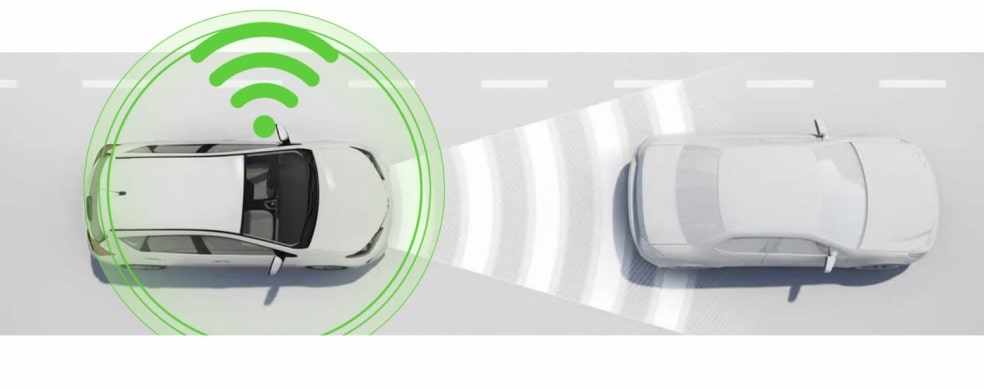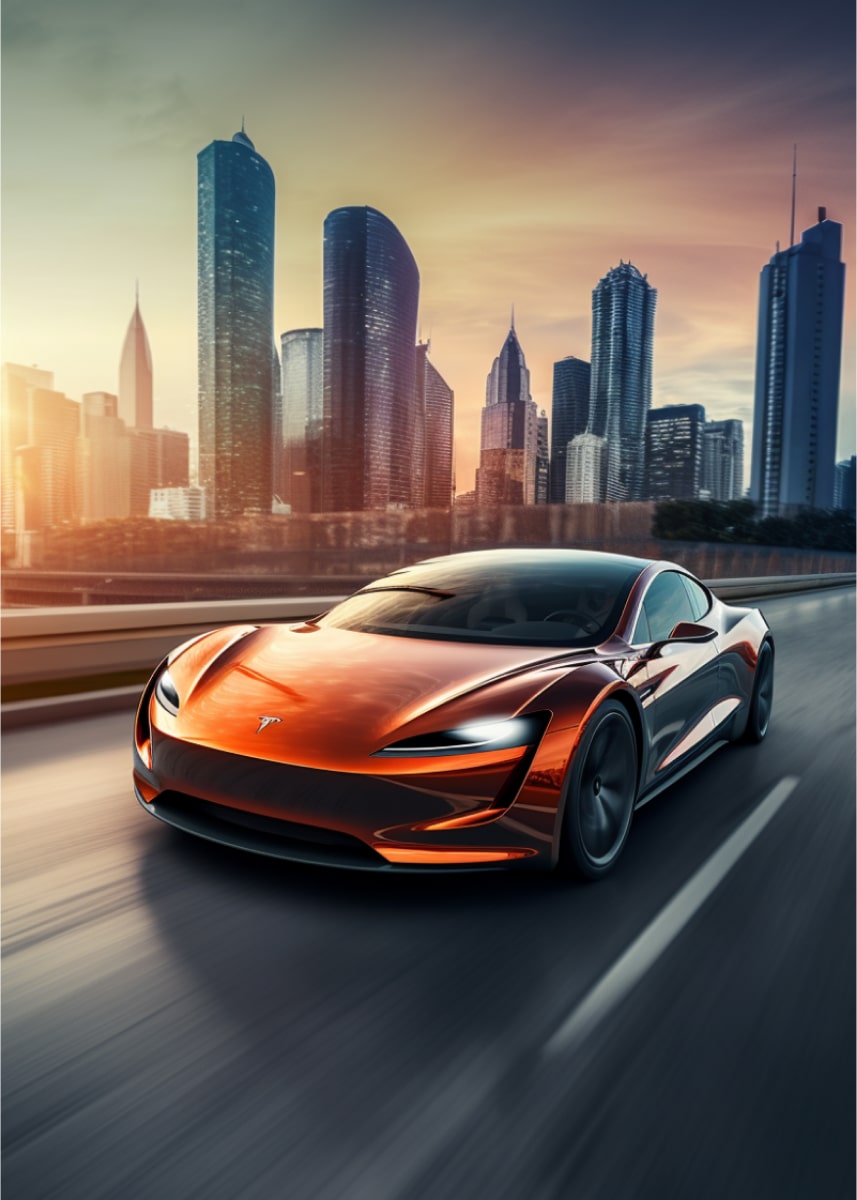Sounds of Vehicles from a not-so-distant future
In the automotive and transportation field, like in many other areas, the future is around the corner, closer than we ever expected. In many aspects, reality overcomes Science Fiction.
Although flying cars are far from existing, the electrification process has begun, and we are living and witnessing the end of the internal combustion engines’ era and the rise of electric vehicles. No matter how many car lovers are against this transition, vehicles with internal combustion engines will be a thing of the past in about twenty years.
The Glasgow Accord on Zero Emissions Vehicles is a multilateral agreement of 34 countries, 41 subnational governments, 11 automakers, and 28 big fleet vehicle owners to stop manufacturing and using internal combustion-engined vehicles by 2035. This is just a sample of what is happening in the world. Many people have serious doubts about whether killing the internal combustion engines will be as effective to lower emissions as is expected, but that matter is for another debate. The fact is that although electric vehicles are still seen as a novelty, they will be the main mean of transportation soon.

One of the things that Sci-Fi movies and literature didn’t foresee is that the vehicles of the 21st century would be completely silent. This quality is great for reducing noise pollution, but silence is extremely dangerous. Imagine for a second a ton and a half vehicle coming towards you at 60 km/h without making any sound. You can’t tell if the vehicle is changing its acceleration (increasing or decreasing its speed), and even worse, if you are crossing the street without paying attention, you will be in serious trouble. You may be aware of the problems that some cities are having with the electric scooter rental companies, where electric, noiseless scooters are involved in accidents with pedestrians caused by the lack of sound of the scooters as one of the main factors.

Imagine how much this problem may grow in the future when there will be not thousands but millions of electric vehicles running in the cities. The solution to this problem is adding sound to electric vehicles to warn pedestrians, visually impaired people, and other drivers, among others. These sounds are added through electronic systems called AVAS (Acoustic Vehicle Alerting Systems). The first generation of electric cars and SUVs was completely silent. About two years ago, many governments made mandatory the implementation of integrated AVAS systems, forcing automakers to install these systems to have their vehicles homologated. There are also independent companies that manufacture these systems to be installed as aftermarket parts. Automakers design the sound of their cars according to a branding strategy instead of doing it from a safety point of view.
Some important questions arise, and THOR AVAS is working hard to help cities, visually impaired people, and communities to answer and solve them. Some of the questions seem simple, almost trivial, but when you try to answer them, you will find they are much harder than they appear.
How will the sounds of a city of the future be? If the sounds are not standardized, how will people be able to tell what kind of vehicle they are listening to?
Nowadays it is easy; internal combustion engines sound differently depending on their size, type, design, fuel (petrol or diesel), etc. Besides, we have been listening to these sounds for years, and our brains can easily match the noise to the object.
THOR AVAS has the knowledge and means to do acoustic safety tests to help governments define regulatory norms. They have a difficult task in their hands; people are highly used to how internal combustion engines sound, so they have to find new sounds that are pleasant but can sound as a warning when needed. Besides, their vision goes beyond creating simple, individual sounds. Nowadays, not all vehicles sound the same, but they are all similar. If the AVAS systems make vehicles sound too different from one another, there will be a cacophony. When THOR AVAS designs the sound for a city, they intend to do it as tuned and harmonically as possible. It’s a good but difficult way to find a balance between all sounds and avoid the potential noise pollution that thousands of vehicles could cause if they are all tuned randomly. THOR AVAS work includes finding a perfect balance between noise reduction and the identification of objects.

Another big concern of THOR AVAS is the safety of disabled pedestrians, children, elderly persons, and distracted pedestrians, like people crossing the street while watching their smartphones.
Fortunately, most electric vehicles have at least level 2 driving aids. SAE (Society of Automotive Engineers) classifies this aid level as “partial driving automation” or ADAS (Advanced Driver Assistance Systems). These systems include sensors that can activate the brakes in case of an emergency faster than a human driver. Besides, ADAS is of great help in the case of distracted drivers. However, there are vehicles like electric scooters, e-bikes, and others that don’t have these systems and are as dangerous as cars if they happen to hit a pedestrian. THOR AVAS can be of big help in this case, making a warning sound when needed.

The problem of the sounds of the future (or their lack) may not seem so serious now, but it’s already generating controversy in many places; the accidents involving electric scooters and some registered accidents of first-generation electric cars are a sample of what is coming. The current legislation is not enough to solve this problem and leaves many unattended items.
THOR AVAS are working on the matter to improve present and future EVs and people’s safety.





